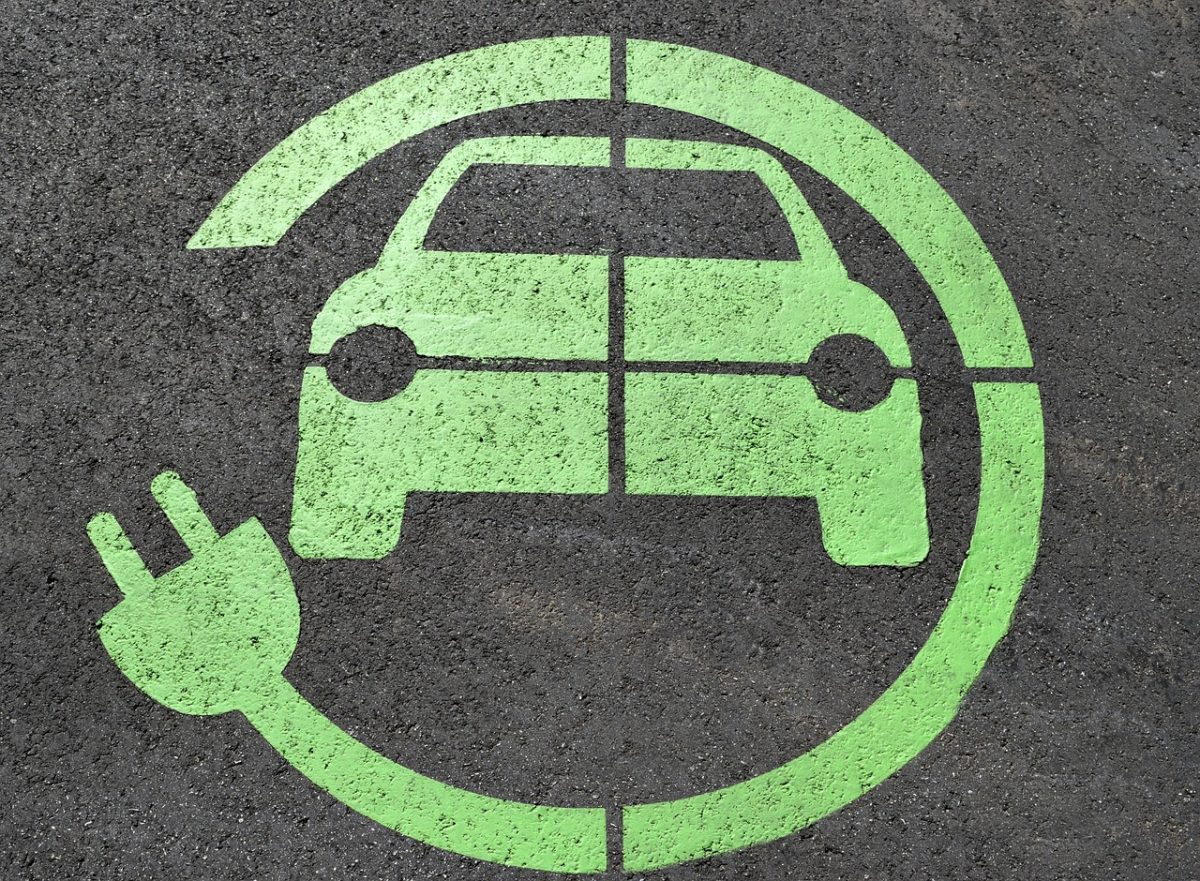As the automobile industry moves towards an all-electric future, the technology environment supporting electric cars (EVs) is changing dramatically. Within this revolutionary journey, a game-changing technology emerges, offering not just efficient EV charging but also a critical role in promoting the energy transition’s overarching aims.
Intelligent Charge Optimisation:
At the core of this technical marvel is a sophisticated system for intelligent charging optimization. This cutting-edge system uses powerful scheduling algorithms to change charging procedures based on real-time data dynamically. By coordinating with renewable energy availability, the system guarantees that EVs are charged at ideal times, improving total energy efficiency.
Grid Integration:
This system interacts with energy networks, rather than just individual charging stations. Integration with the Day-Ahead and Intra-day markets allows the system to adapt dynamically to grid circumstances. It enables the strategic use of EV charging flexibility, which contributes to grid stability while lowering dependency on traditional power plants.
Bidirectional Charging:
Bidirectional charging capability is a key component in the technical roadmap. This marks a break from the typical unidirectional charging strategy, allowing EVs to consume energy while also feeding it back into the grid. This bidirectional feature converts EVs into transportable energy storage units, increasing the agility and resilience of the whole energy system.
This revolutionary technology recognises charging flexibility as a traded asset in energy markets. By exchanging flexibility for financial rewards, the system establishes a direct relationship between individual EV users and the wider energy market dynamics. This method turns EVs from passive consumers into active players in the energy environment.
Seamless User Experience:
Despite the intricacy beneath the hood, the technology has a user-friendly interface. Users simply need to choose their preferred charging parameters, and the technology will manage the optimisation process in the background. This simplicity not only increases user adoption, but also demonstrates the technology’s dedication to make sustainable behaviours more accessible.
Finally, this innovative technology extends beyond the traditional bounds of EV charging. By combining complex algorithms, bidirectional capabilities, and grid interconnections, it not only satisfies today’s expectations but also anticipates a future in which EVs play an important part in creating the energy environment. As we dive deeper into the complexities of this cutting-edge technology, it becomes clear that the path forward is not only electric, but also intelligently linked, sustainable, and economically beneficial.
Tag: renewable energy integration
Energy efficiency and conservation are important to meet global targets for reducing greenhouse gas emissions, fossil fuel use, grid load, and prices. There are a wide range of additional advantages including reduced Carbon Footprint, decreased power costs, etc. In order to maximize energy efficiency, cut expenses, and pave the road for a sustainable future, AI has emerged to be a potent ally.
Energy Efficiency Revolutionized by Smart Buildings
The use of AI to optimize energy use in office and residential buildings has enormous potential. To predict and improve HVAC systems, machine learning algorithms may be used to analyze data from sensors, weather predictions, occupancy patterns, and past energy consumption. AI systems may learn continuously, adapting to shifting variables like temperature changes and occupancy levels to save energy while maintaining a comfortable interior environment.
Industrial Process Efficiency
AI can reduce energy use in several sectors by carefully monitoring and managing a wide range of operations. Machine learning algorithms can recognize actions that use a lot of energy, find inefficiencies, and suggest changes. For instance, AI may adjust the timing of industrial processes to lower peak and total energy use. The health and performance of equipment may also be monitored by AI-powered systems, opening up options for energy-saving measures like motor speed modifications and process parameter optimizations.
Integration of Renewable Energy Leveraging AI
AI plays a crucial part in the smooth integration of renewable energy sources like solar and wind into the electrical grid as they gain in popularity. Artificial intelligence (AI) systems use historical data and weather trends to anticipate energy generation from renewable sources with accuracy. AI systems optimize the dispatch of energy from renewable sources, guaranteeing effective utilization and reducing curtailment. This information is combined with real-time power demand. AI also helps to forecast and manage the need for energy storage, improve grid stability, and balance supply and demand dynamics.
Intelligent Power Delivery
AI can be crucial for managing grid operations and optimizing energy distribution networks. Utilities can anticipate electricity demand with accuracy by utilizing the capabilities of machine learning algorithms, historical data, and real-time information. This enables them to create a more precise balance between supply and demand, optimize energy-generating schedules, and decrease transmission losses. A stable and robust energy infrastructure can further be ensured by AI’s grid management capabilities, including anomaly detection, equipment failure prediction, and optimized maintenance scheduling.
Towards Efficiency in Transportation
AI is essential for maximizing energy use in the transportation sector, which reduces emissions and fuel use. To improve route planning and driving behavior, machine learning algorithms carefully examine elements such as traffic patterns, road conditions, and vehicle attributes. AI systems’ real-time feedback and recommendations help drivers adopt fuel-efficient driving practices including smooth acceleration and braking. It can also help manage the infrastructure for electric car charging by balancing grid energy demand and optimizing charging schedules.
Benefits:
Numerous advantages result from the deployment of AI-driven energy optimization approaches. First of all, it lowers energy expenditures and consumption, which saves companies a lot of money and results in cheaper power bills for customers. Second, AI helps to promote a cleaner and more sustainable energy ecosystem by reducing energy waste and encouraging the integration of renewable energy sources. Furthermore, AI improves grid stability and dependability, enabling utilities to effectively manage energy distribution and grid operations and guaranteeing a consistent and reliable energy supply. As a final benefit, AI increases operational effectiveness by spotting inefficiencies, streamlining procedures, and automating energy management duties, freeing up human resources for more worthwhile projects.
Energy optimization is ready to undergo a revolution thanks to AI’s revolutionary potential, which will increase efficiency, lower prices, and promote sustainability. Businesses, industries, and utilities may reduce their carbon footprint, save a significant amount of energy, and actively contribute to a more sustainable future by adopting AI technology. The road to optimal resource and energy use can be paved with AI as a reliable partner.
If you’re interested in exploring these technologies and their use cases further, don’t hesitate to reach out to us at open-innovator@quotients.com. We are here to assist you and provide additional information.







